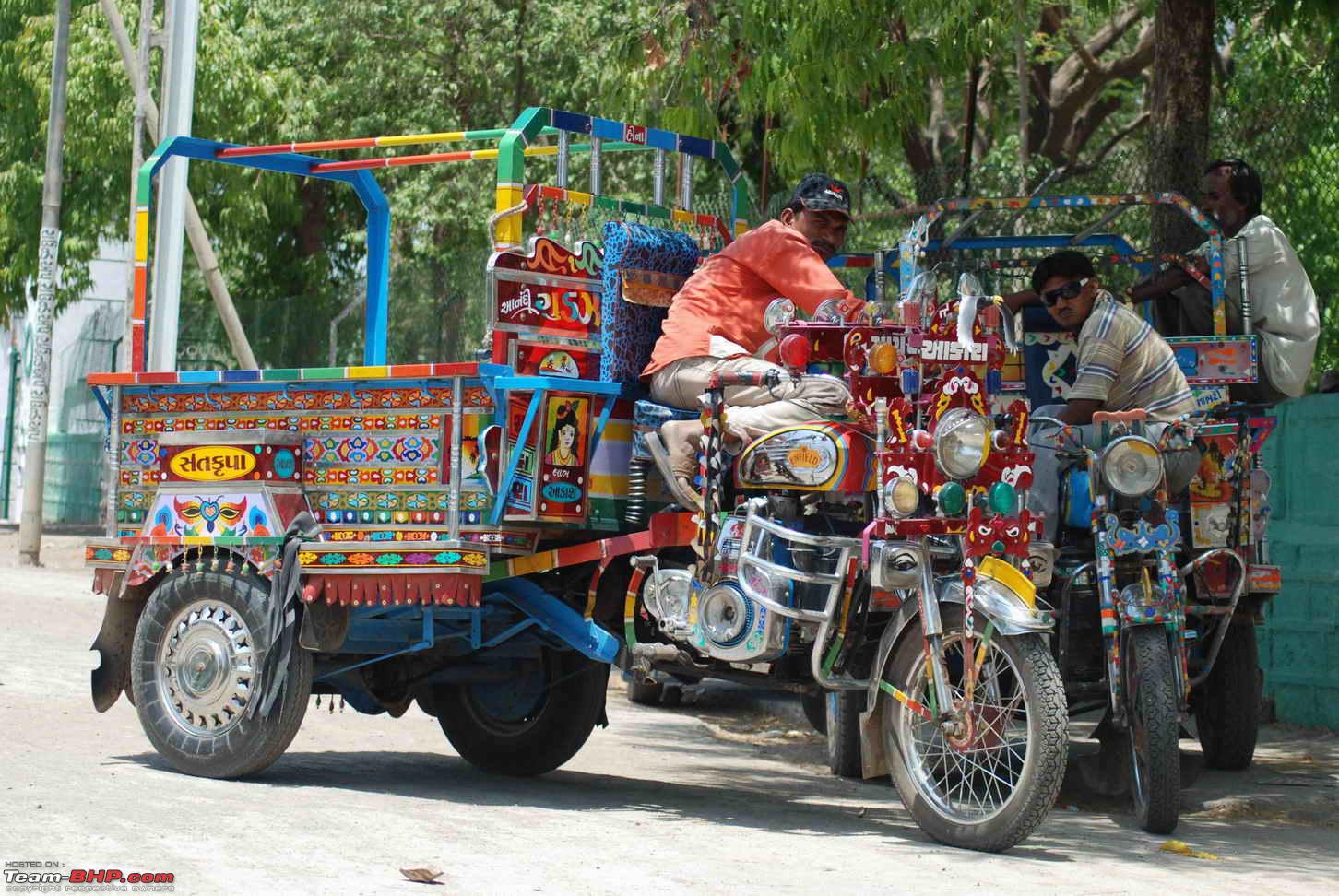
Nowadays skill development is a big buzz. There are more than 10,000 Training Partners involved under various schemes across the country spread in all territories of India. However there are challenges which almost all the Training Providers face.
Industry experts say public perception on skilling and vocational training is still low. “Skilling is perceived as the last resort meant for those who have not been able to progress in the formal academic system. This mental block has only increased the gap between what the industry requires and what is currently available,” said the project head of an education management firm involved in skill training.
We have listed here some major challenges as per the feedback provided by Training Partners already implementing skill development projects more than a decade.
1. Mobilization
Challenges- The first challenge is the mobilization of the right candidate. As there is target of training specified to be achieved within stipulated time, the Training Providers is inclined towards count completion. They go as per the minimum eligibility to full-fill the norms specified rather than taking the right candidate who actually need the training and further opportunity to explore his skills.
Solutions- The Gram Panchayat Saturation model adopted by Ministry of Rural Develop is helpful to some extent for the purpose of better mobilization. As one youth of the Gram Panchayat get training and placement and start earning a handsome salary, other get inspired from him or her. Awareness about the program is already there since many of the candidates belong from same community
Similar way there are other measures also which could help in mobilization of needy candidates.
2. Training
Challenges- The duration of training is normally 6-8 hours in a day. The candidates feel it boring to be in training for more than 3-4 hours in a day. Now the challenge is to keep them engaged. Further the availability of quality trainers is lesser in remote areas. The right environment of Training is not developed which in return makes it a wastage of government funds.
Solutions-It is easy to engage youth in technical devices like tablets, mobiles, laptop or desktop with facility of internet. When there is excitement to learn the skill, it becomes easy to retain them in classroom or domain lab. There online learning portals which can be self learned so instead of lecture classes if focus is shifted towards developing the right set of skills within candidates then it shall result better delivery of training.
3. Certification
Challenges- All assessment is to test the proficiency of trained candidates. The language of training and assessment is not same all the time which is a constraint to qualify the assessment for a candidate's. Sometime it becomes difficult for school or college dropouts to learn the lesson. Thus many of these youth decide to leave the training in between.
Solutions-There are tools of assessment which evaluate the various aspects of personality. The assessment process should be designed to test the learning of skills only. It could be in verbal or non verbal or any other form in which the trainees are comfortable.
4. Placement & Retention
Challenge- Almost all the programs of skill development is linked with placement or employment. Here comes the most crucial phase. The candidates complete their training in greed of certificate and other monitory benefits but they due to homesickness and other factors they don't join their jobs.
Post Placement the retention is the only factor which decides the success rate of a project. Around 20-25% of appointed candidates retain their job on an average. There are factors like lack of coordination & motivation from training provider, Support from Parents, work culture at the job place and friend circle at the new place. Further being stranger to the place candidate has to face many challenge.
Solutions-Parent meeting is one the solution before we start placement drives. It shall be helpful to boost the moral of trainees when they are away from home. A coordinator who takes care for the first month at least when they are placed first time is of too much help. The motivation comes from peer group, friends so alumini network also plays a vital role.
These were only few of the challenges in skill development project going on in India at present. The extended support from Government and Local Authorities as well as easy availability of things at the new job location can maximize the retention of candidates in job which is the ultimate goal of these projects.














